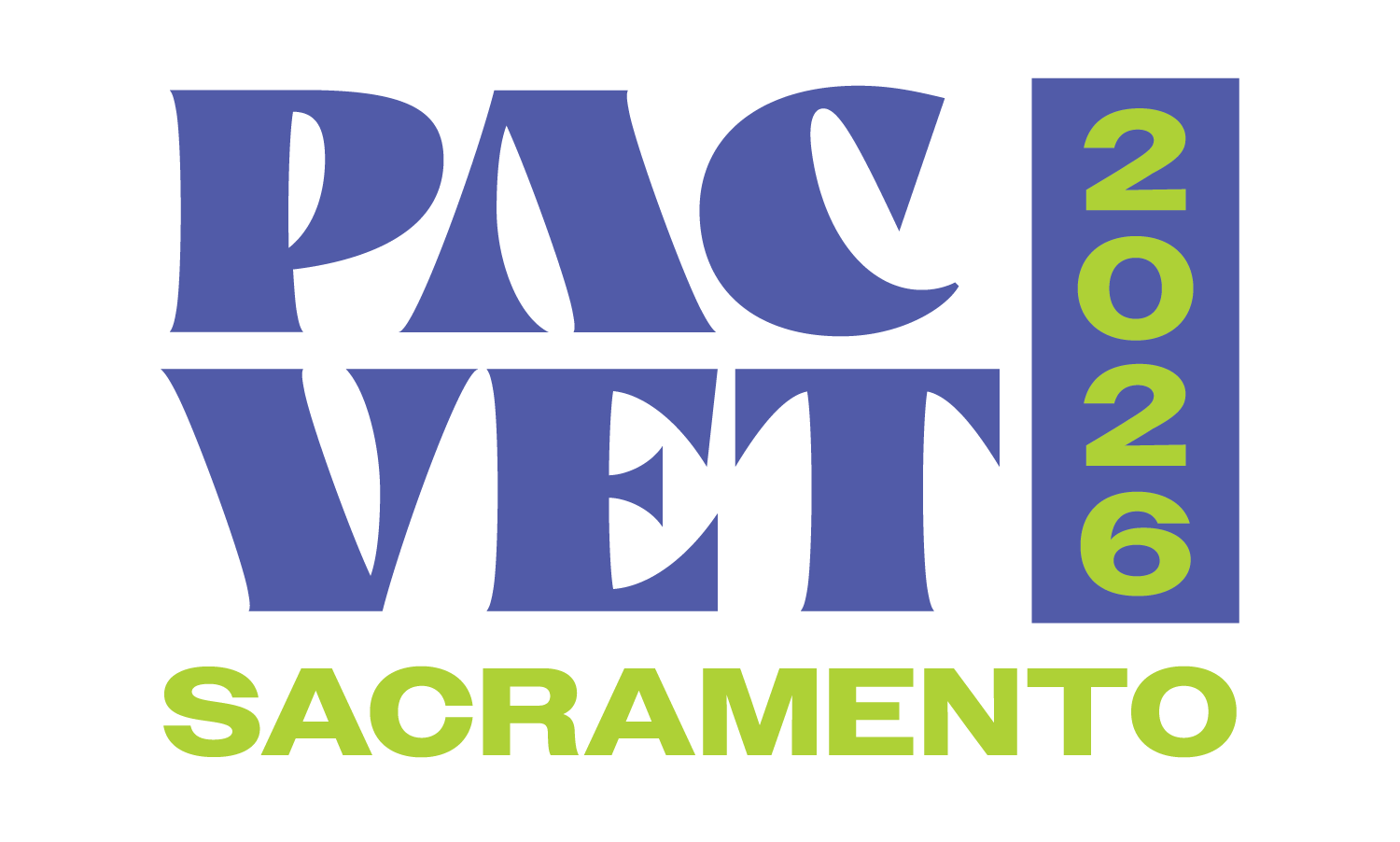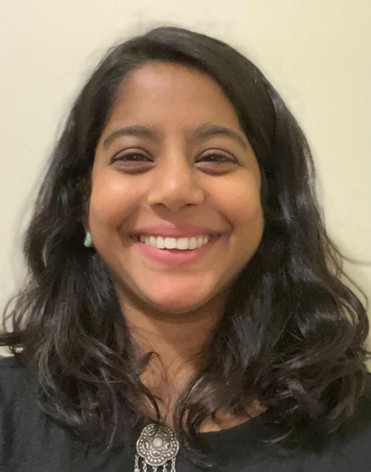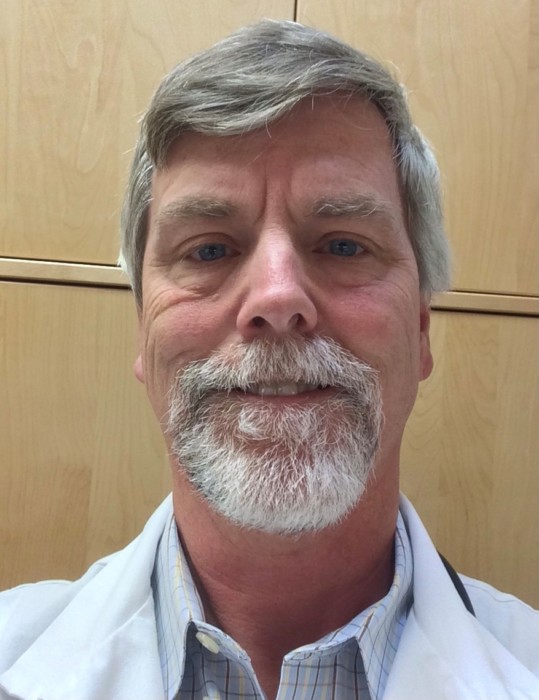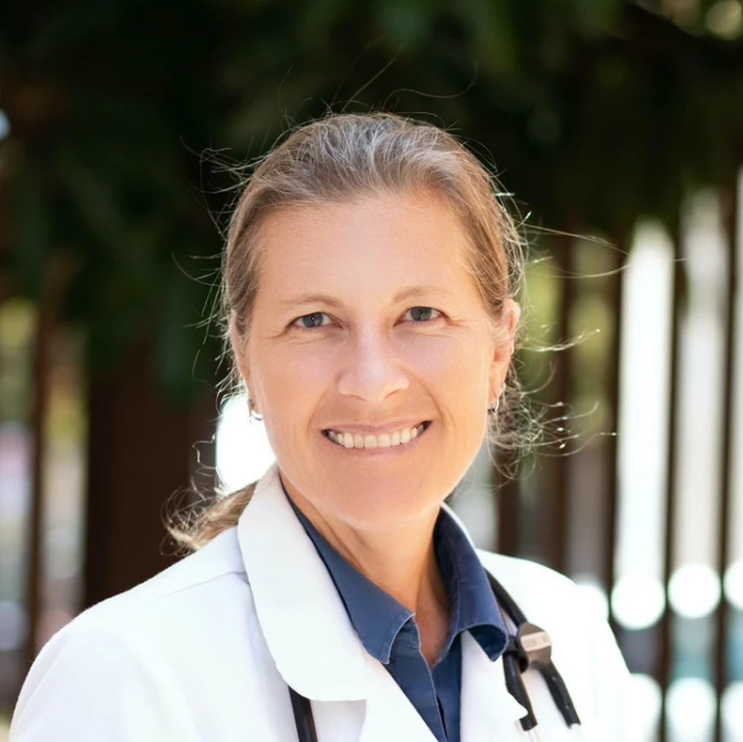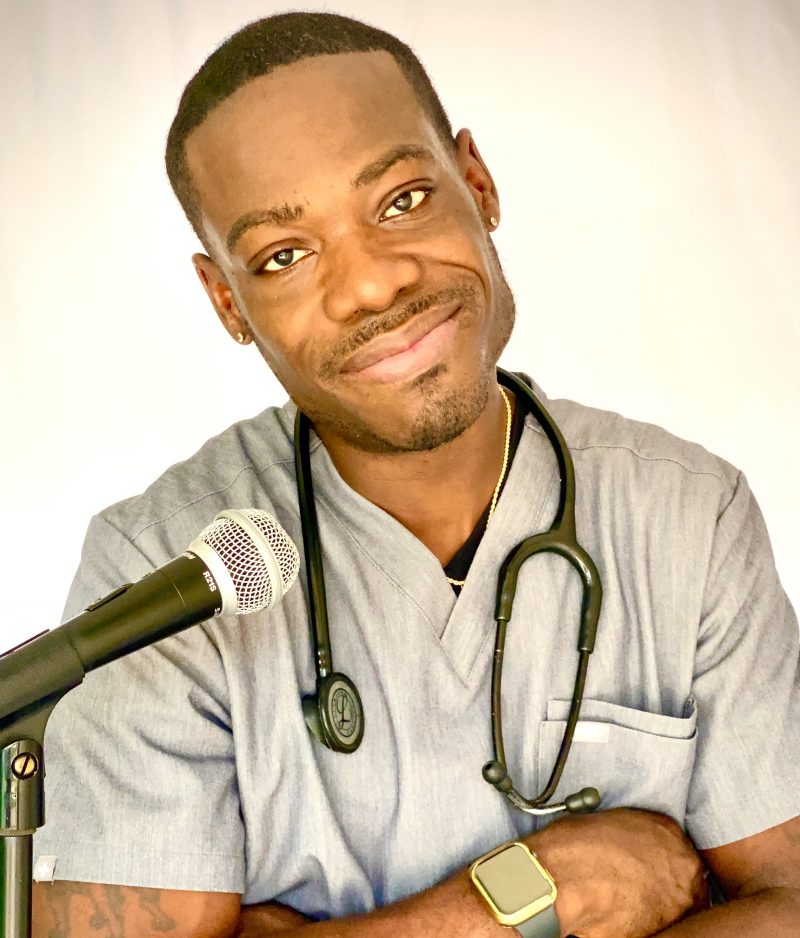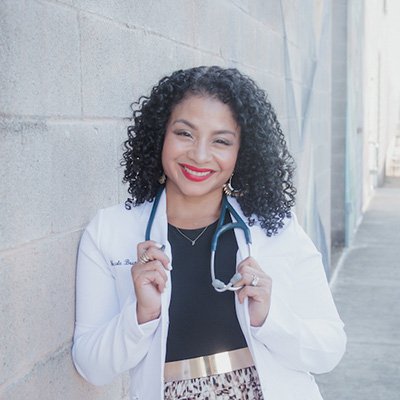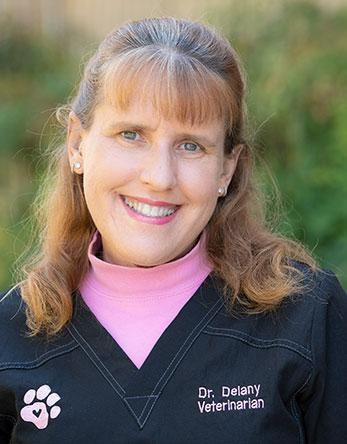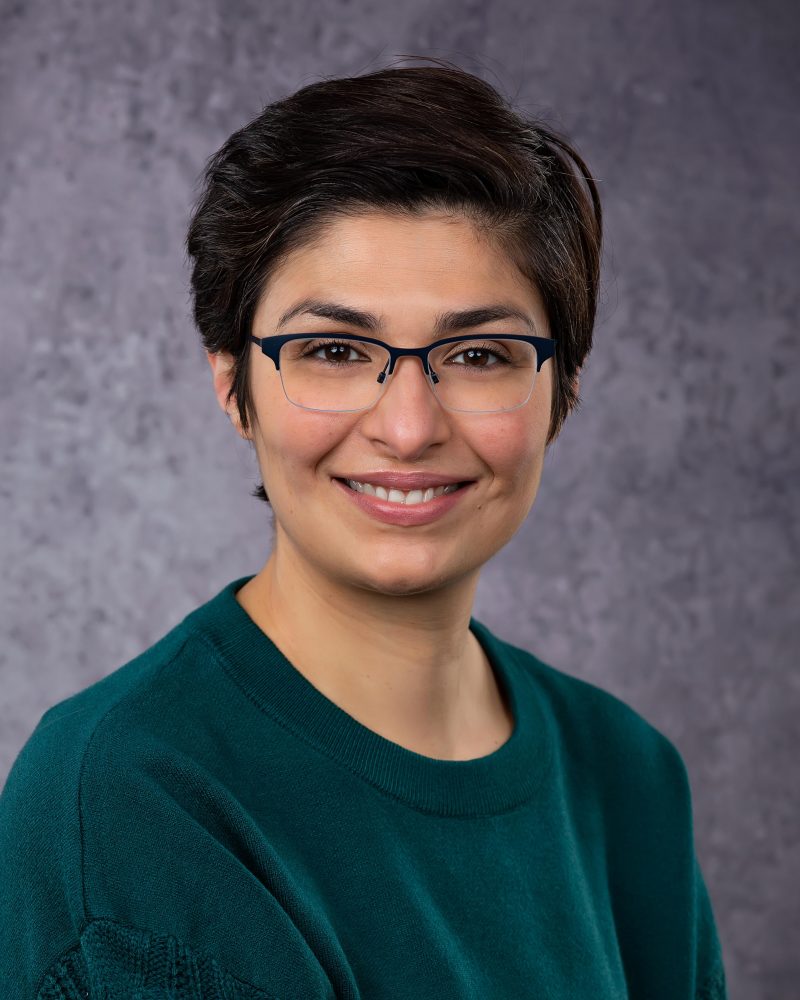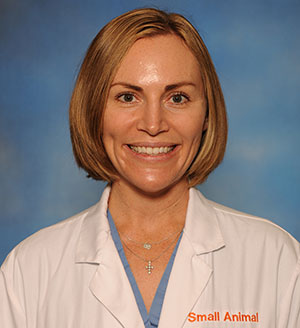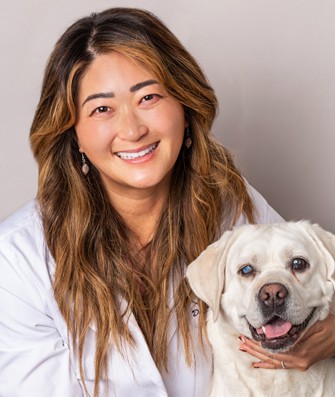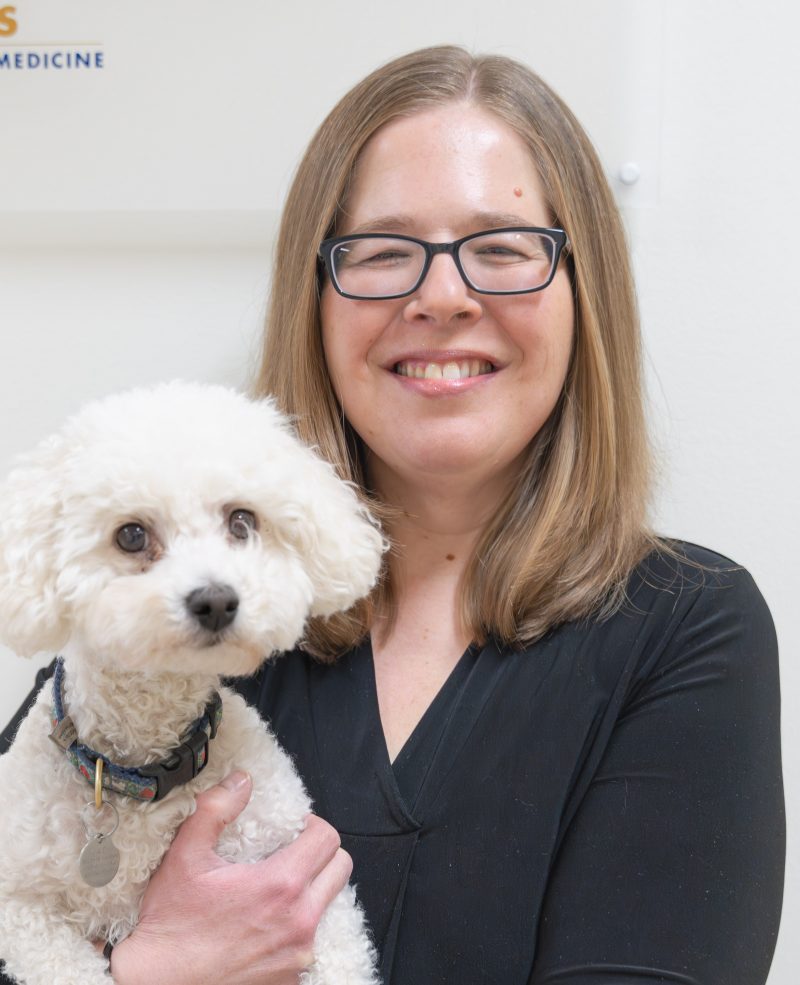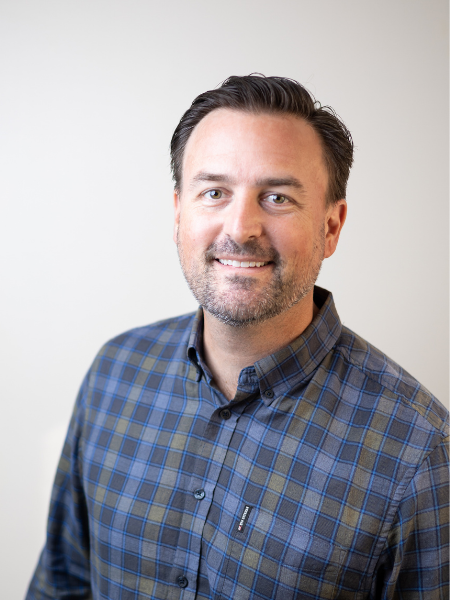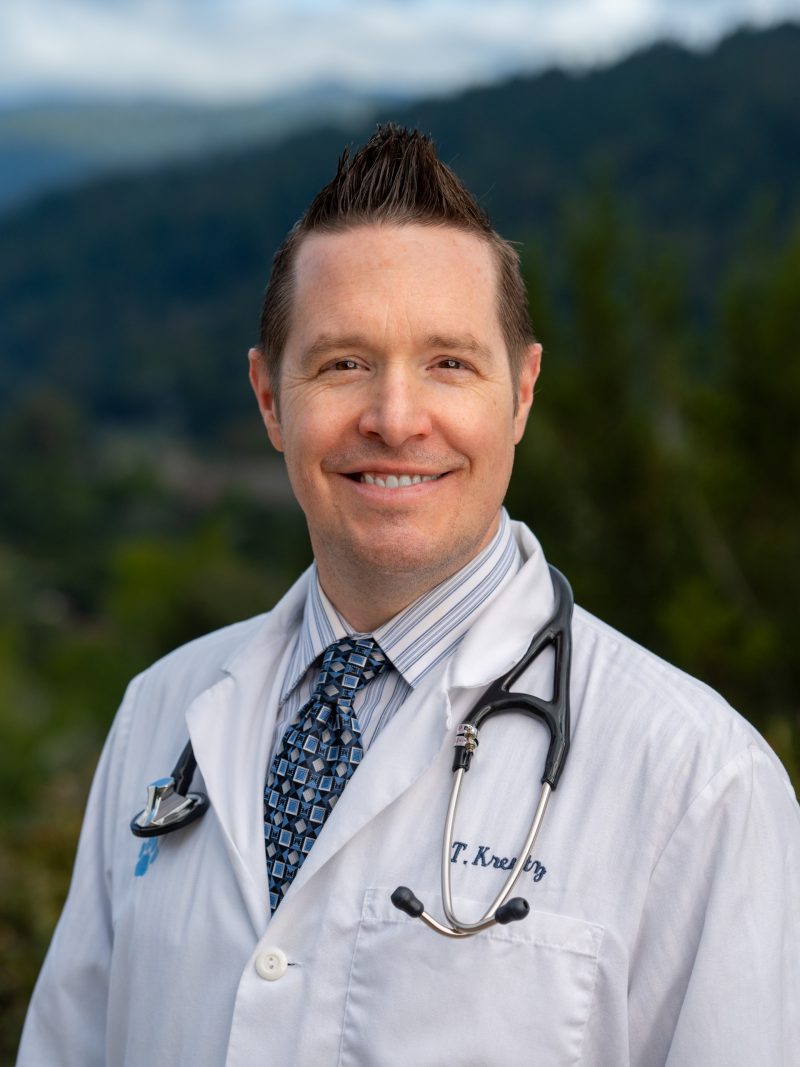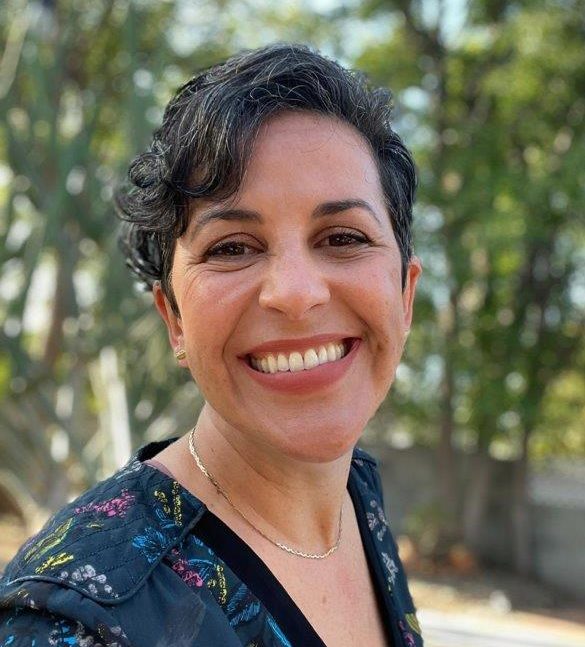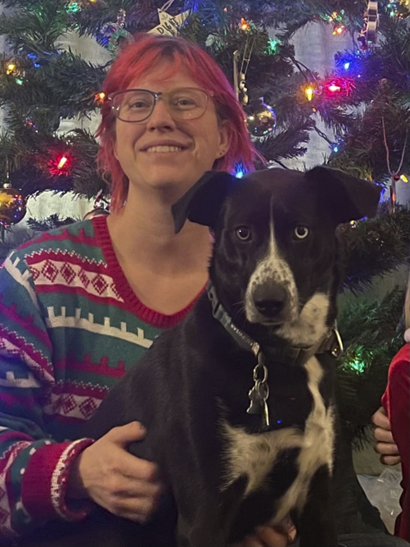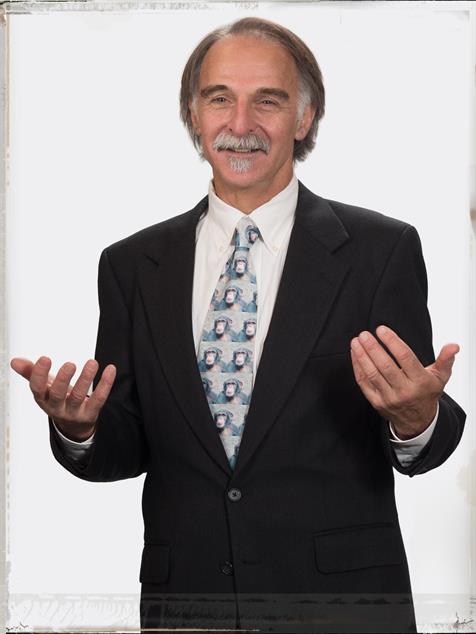| 9:50 AM–10:50 AM |
How to Get to Yes: Treatment Plan Creation and Delivery
Creating treatment plans for your clients is essential to your success. However, even with the best thought-out treatment plan, a client may still decline treatment, especially if they don’t understand the procedure. Training team members to properly deliver treatment plans is essential to the client saying yes. |
| 11:00 AM–12:00 PM |
The Complete Plan for the Periodontal Patient: COHAT
Performing a Complete Oral Health Assessment and Treatment (COHAT) entails much more than removing plaque and calculus from the teeth. A thorough dental prophylaxis consists of educating the client, an oral examination, charting disease process, pathology and anomalies, radiographs, both supra and sub-gingival plaque and calculus removal, hand scaling, polishing, irrigation, and home care instructions. |
| 1:30 PM–2:30 PM |
Dental Radiology Made Easy: Tips and Tricks
Dental radiographs are an essential part of the oral exam. The crown is just the tip of the iceberg. Approximately 42% of dental pathology is found subgingivally. Radiographs will help diagnose pathology that is not visible from the surface, confirm suspect pathology, and help demonstrate the pathology to the client. Dental radiographs can improve the standard of care in your practice and increase your clinic’s revenue. |
| 2:40 PM–3:40 PM |
Dispelling Dental Myths
Approximately 80% of adult dogs and 70% of adult cats have some form of oral disease. Dental problems are among the top three concerns that pet owners have for their dogs and cats. As veterinary dental professionals, it is our duty to dispel the myths and misconceptions of the myriad home care products. In veterinary medicine there are many myths—it is our responsibility to dispel these myths through education. |
| 4:00 PM–5:15 PM |
The Oral Examination and Common Pathology
It is important to be able to recognize and identify oral pathology and anomalies. The most commonly observed abnormalities will be discussed in this presentation. It is equally important to correctly record the pathology on dental charts. A thorough dental examination includes both conscious and anesthetized examinations as well as charting disease processes, pathology and anomalies, and treatment plans. |
![]()
![]()
